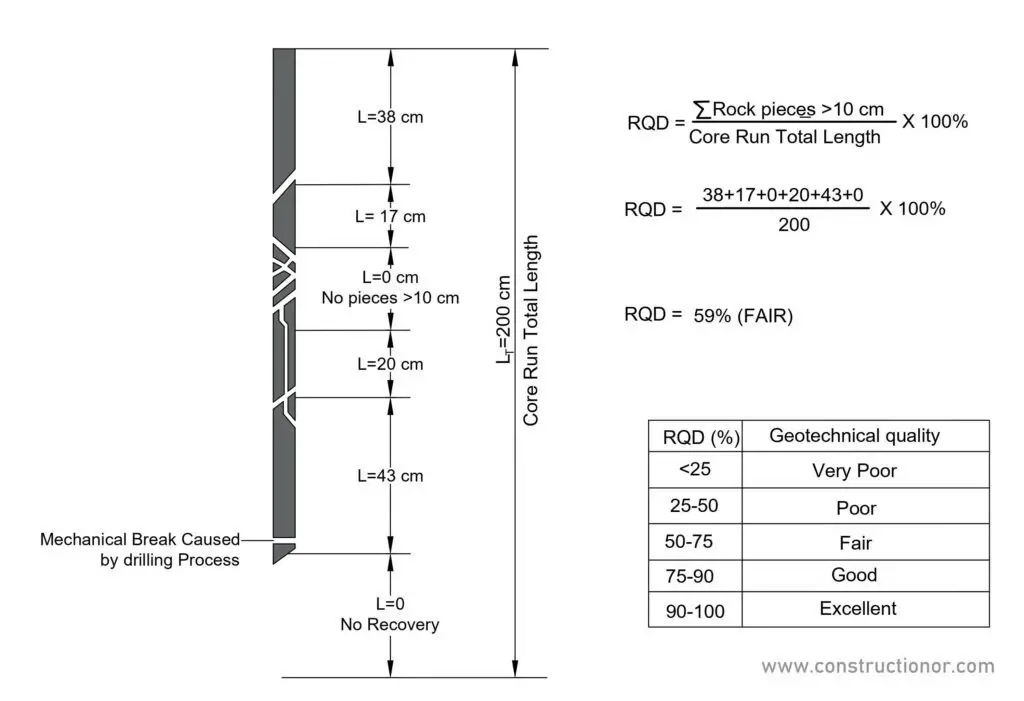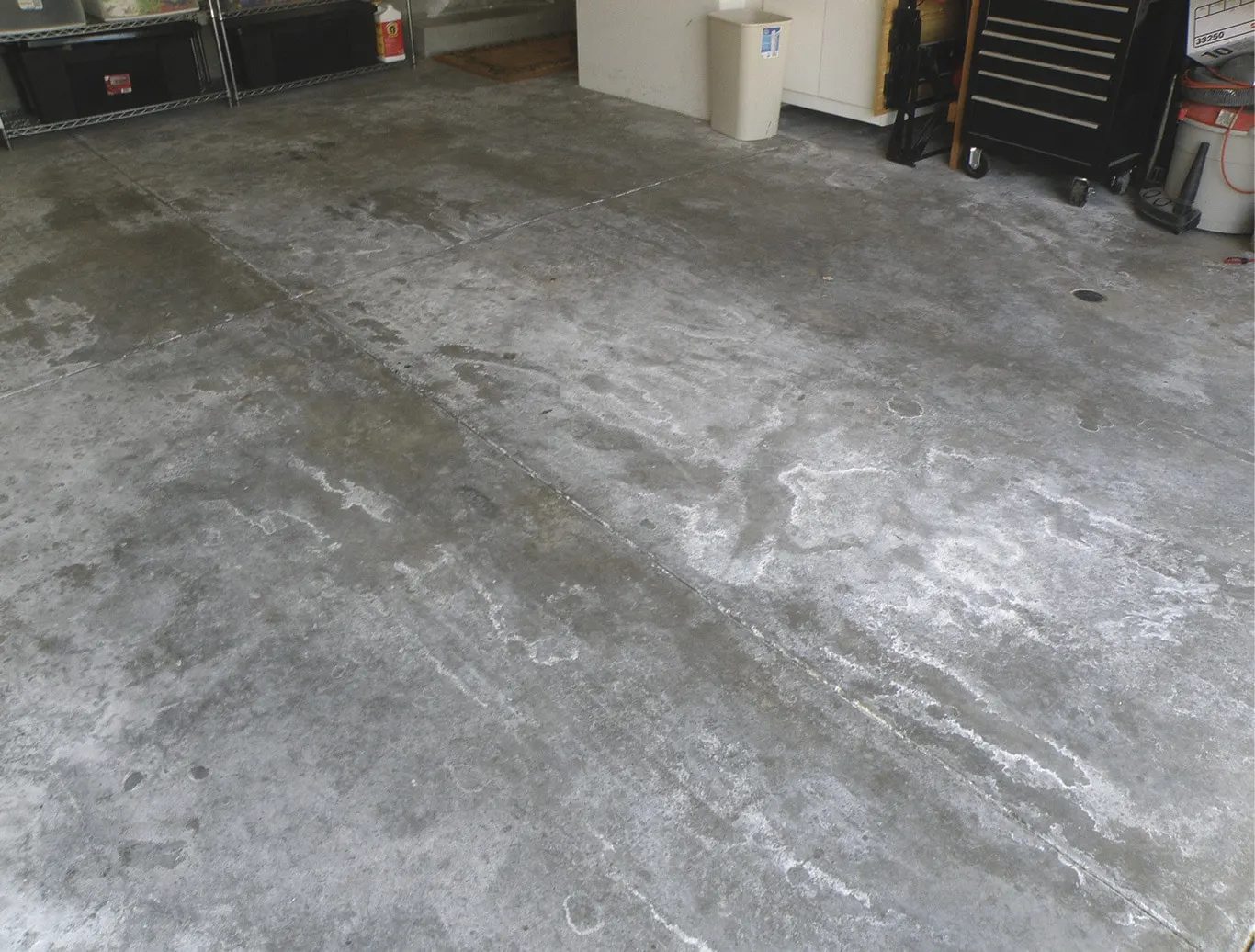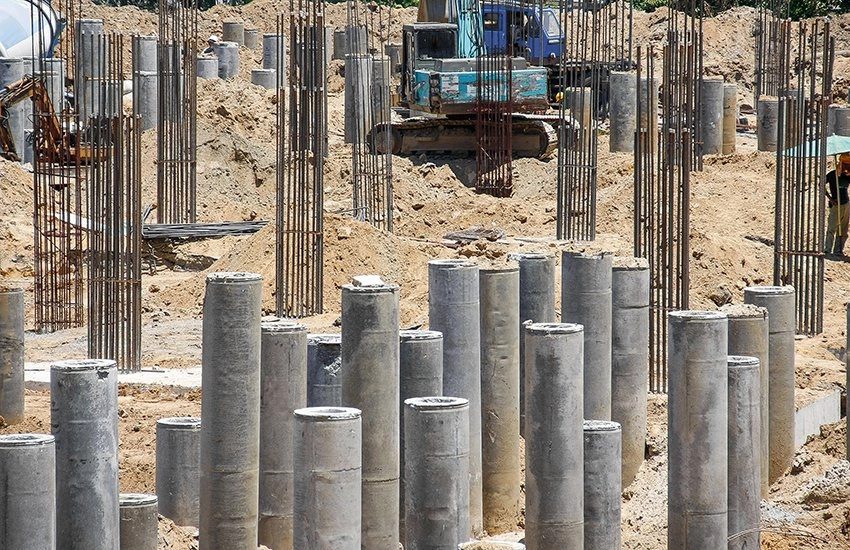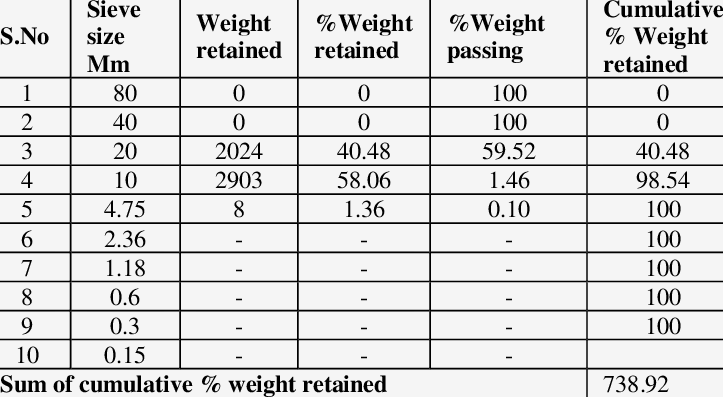Ordinary Portland cement has 3 grades which are 33 grade, 43 grade and 53 grade.
According to the Bureau of Indian Standards, these grades are differentiated by their compressive strengths, and powers are expressed in Mega Pascal (MPA) which is N / mm2.
Compressive strength is the ratio of load per unit area, load is calculated in newton and area is calculated in mm2.
Difference between 33, 43 and 53 grades of cement:
IS 12269 is used for 53 grades.
IS 8112 is used for 43 grades.
The IS 269 is used for 33 grades.
Compressive Strength:
Cement sand and water are blended, cured then cubes are made to calculate the compressive strength, these cubes are examined within the laboratory after 3 days, 7 days, and 28 days at 27 ° C.
Cement grade signifies the compressive strength of cement concrete after 28 days of setting.
| Sr. No. | Grade of Cement | Compressive Strength in 3 days (N/mm2) | Compressive Strength in 7 days (N/mm2) | Compressive Strength in 28 days (N/mm2) |
| 1 | 33 grade | 16 | 23 | 27 |
| 2 | 43 grade | 22 | 33 | 37 |
| 3 | 53 grade | 33 | 43 | 53 |
Strength of 33, 43 and 53 Grade Cement in 3, 7 and 28 days.
Initial Strength:
The initial strength of 53 grade cement is higher than 33 grade or 43 grade cement.
The strength of 53 grades does not increase much after 28 days due to initial strength increases, while 33 grade and 43-grade cement are gaining strength even after 28 days.
Over time, 33 and 43 grade cement will achieve final strength similar to 53 grade cement.
Heat of Hydration:
- The 53-grade cement releases heat of hydration at a lot faster rate than 33 and 43-grade cement during the initial setting.
Due to this fact, the potential for micro-cracking could be very high and these microscopic cracks will not be seen on the surface.
Generally, site supervisors or masons improve the quantity of cement within the combination, it will improve the strength and durability of concrete, however, it creates micro-cracks within the concrete.
Therefore 53-grade cement should be used in places where such applications are warranted to produce high-strength concrete.
Where good supervision and high-quality assurance measures are taken and proper precautions are taken to reduce the excessive heat of hydration by means of the proper curing process.
2. The 43 grade cement releases an average heat of hydration.
3. The 33 grade cement releases less heat of hydration.
Price:
33 Grade cement costs less than 43 grade cement.
43 Grade cement is priced higher than 33 grade, but lower than 53-grade cement.
53 Grade cement is priced higher than 33 and 43 grade cement.
Uses of 33 grade, 43 grade and 53 grade:
- These days 33-grade cement is rarely used as most producers have shifted for PPC.
- 33-grade cement is usually used to make low-strength concrete such as below the M20 concrete grade.
- 43-grade cement is used in PCC and RCC works, ideally where the grade of concrete is up to M30.
- It is also suggested for plastering, tiling, brickwork and stone masonry, flooring, pathways, and many others.
- Where strength in the early days will not be vital, it is usually used in finishing all types of buildings, bridges, culverts, roads, water maintenance structures, and many others.
- 53 grade OPC cement is beneficial in all RCC buildings such as footings, columns, beams, and slabs, where preliminary and final strength is the most important structural requirement.
- It is used for RCC work where the grade of concrete is M30 and above.
- Also, used for high-rise building, industrial works.
- A precast concrete item such as paving blocks, tiles, building blocks, pipes, railway sleepers, poles, etc.
- Solid work like stamens, silos, etc.
- Runways, concrete roads, bridges.
- Chilly climate concreting, cement grouts, instant plugging, and many others.
Also read: Difference Between PPC Cement and OPC Cement
Conclusion:
Every grade of cement is appropriate for a special set of tasks, each has different levels of strength, using the wrong strength level for a particular job can affect overall structural design.










Good blog, keep writing more.